Polina Osetinskaya - Baroque Music in Auteur Cinema (2022) Hi-Res
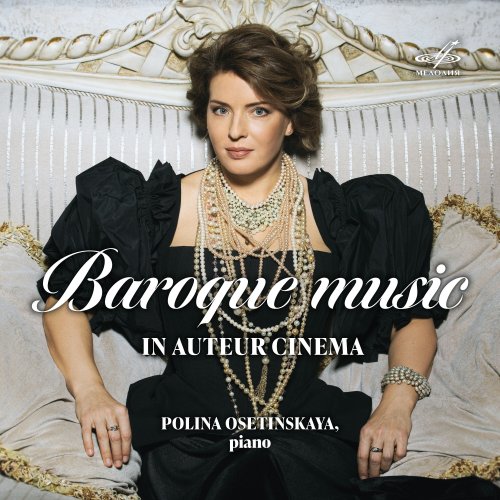
Artist: Polina Osetinskaya
Title: Baroque Music in Auteur Cinema
Year Of Release: 2022
Label: JSC "Firma Melodiya"
Genre: Classical
Quality: FLAC 16/24 Bit (96 KHz / tracks+booklet)
Total Time: 88:08 min
Total Size: 269 MB / 1,4 GB
WebSite: Album Preview
Tracklist:Title: Baroque Music in Auteur Cinema
Year Of Release: 2022
Label: JSC "Firma Melodiya"
Genre: Classical
Quality: FLAC 16/24 Bit (96 KHz / tracks+booklet)
Total Time: 88:08 min
Total Size: 269 MB / 1,4 GB
WebSite: Album Preview
1. Ich ruf zu dir Herr Jesu Christ, BWV 639
2. Toccata in E Minor, BWV 914
3. Flute Sonata in E:Flat Major, BWV 1031: II. Siciliano
4. Passacaglia and Fugue in C Minor, BWV 582
5. Suite in D Minor, HWV 437: III. Saraband
6. Chaconne No. 2 in G Major, HWV 435
7. Ground in C Minor, Z. 221
8. Suite in E Minor, RCT 2: V. Le rappel des oiseaux
9. Suite in E Minor, RCT 2: VIII. Tambourin
10. Suite in E Minor, RCT 2: IX. La Villageois
11. Suite in E Minor, RCT 3: I. Les tendres plaintes
12. Suite in E Minor, RCT 3: II. Les Niais de Sologne
13. Suite in E Minor, RCT 3: III. Les Soupirs
14. Suite in E Minor, RCT 3: IV. La Joyeuse
15. Suite in E Minor, RCT 3: VI. L'Entretien des Muses
16. Suite in E Minor, RCT 3: VIII. Les Cyclopes
17. Les Barricades Mystérieuses
Firma Melodiya presents the album “Baroque Music in Auteur Cinema” for solo piano recorded by Polina Osetinskaya on the basis of her 2015 concert program of the same name.
The album comprises works that are significant for the Baroque era and well known to the listeners of philharmonic concerts, but mostly associated with the silver screen by the general public. Johann Sebastian Bach is represented by the works from Andrei Tarkovsky’s Solaris, Francis Ford Coppola’s The Godfather Part II, Lars von Trier’s Breaking the Waves, and James Toback’s Fingers. It also includes two pieces by Georg Friedrich Handel from Ingmar Bergman’s Autumn Sonata and Stanley Kubrick’s Barry Lyndon. There are also a François Couperin number representing Terrence Malick’s The Tree of Life, a Henry Purcell piece featured in Peter Greenaway’s The Draughtsman’s Contract, and a series of miniatures by Jean-Philippe Rameau who appears to be the major “arthouse” composer of the 17th and 18th centuries.
Almost all of the Baroque music works appeared in the movies in a modified form as compared with the originals: some in bits and pieces, some in arrangements and variations. An old melody often gave impetus to a modern composer to build his own work on its basis, and the quotation itself played the role of just an epigraph. The concept of Baroque Music as it is used in the title is not so much the idea of true antiquity but rather a full range of modern views and associations.
The concept of the album’s program is neither an attempt to directly remind of film music, nor a return of values borrowed by the screen from the treasury of scores of the past. A third way is proposed: the modern piano, in a manner devoid of signs of historical reconstruction, revives the “soul of the art of sound” cleansed from associations and available for beautiful memories and new fantasies.
Polina Osetinskaya is known as a pianist who has anything within her power, a performer with an extensive repertoire and boundless courage. “The musician of a thousand styles,” “great and independent,” the media raved about her. Moving beyond solo performance, she successfully participates in various ensembles, appears as a dramatic actress, and is the author of the biographical book “Farewell to Sadness.” The wealth of her interests and erudition noticeably affects the content of her concert programs, which can boast not only the excellent sound quality and impeccable piano technique, but also the most inimitable originality of the idea.
The album comprises works that are significant for the Baroque era and well known to the listeners of philharmonic concerts, but mostly associated with the silver screen by the general public. Johann Sebastian Bach is represented by the works from Andrei Tarkovsky’s Solaris, Francis Ford Coppola’s The Godfather Part II, Lars von Trier’s Breaking the Waves, and James Toback’s Fingers. It also includes two pieces by Georg Friedrich Handel from Ingmar Bergman’s Autumn Sonata and Stanley Kubrick’s Barry Lyndon. There are also a François Couperin number representing Terrence Malick’s The Tree of Life, a Henry Purcell piece featured in Peter Greenaway’s The Draughtsman’s Contract, and a series of miniatures by Jean-Philippe Rameau who appears to be the major “arthouse” composer of the 17th and 18th centuries.
Almost all of the Baroque music works appeared in the movies in a modified form as compared with the originals: some in bits and pieces, some in arrangements and variations. An old melody often gave impetus to a modern composer to build his own work on its basis, and the quotation itself played the role of just an epigraph. The concept of Baroque Music as it is used in the title is not so much the idea of true antiquity but rather a full range of modern views and associations.
The concept of the album’s program is neither an attempt to directly remind of film music, nor a return of values borrowed by the screen from the treasury of scores of the past. A third way is proposed: the modern piano, in a manner devoid of signs of historical reconstruction, revives the “soul of the art of sound” cleansed from associations and available for beautiful memories and new fantasies.
Polina Osetinskaya is known as a pianist who has anything within her power, a performer with an extensive repertoire and boundless courage. “The musician of a thousand styles,” “great and independent,” the media raved about her. Moving beyond solo performance, she successfully participates in various ensembles, appears as a dramatic actress, and is the author of the biographical book “Farewell to Sadness.” The wealth of her interests and erudition noticeably affects the content of her concert programs, which can boast not only the excellent sound quality and impeccable piano technique, but also the most inimitable originality of the idea.
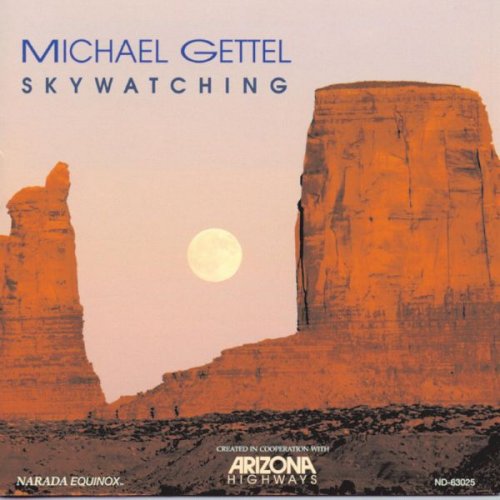
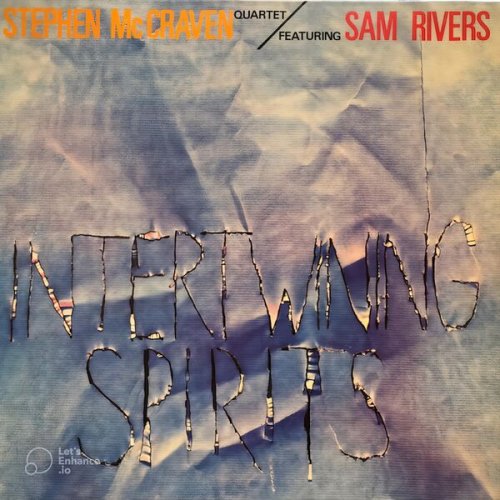
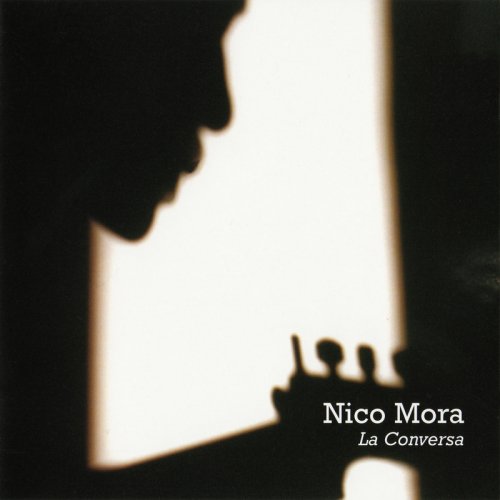
![Sibel Köse Septet - In Good Company (2025) [Hi-Res] Sibel Köse Septet - In Good Company (2025) [Hi-Res]](https://www.dibpic.com/uploads/posts/2025-12/1765846644_uizwujac4ht2d_600.jpg)
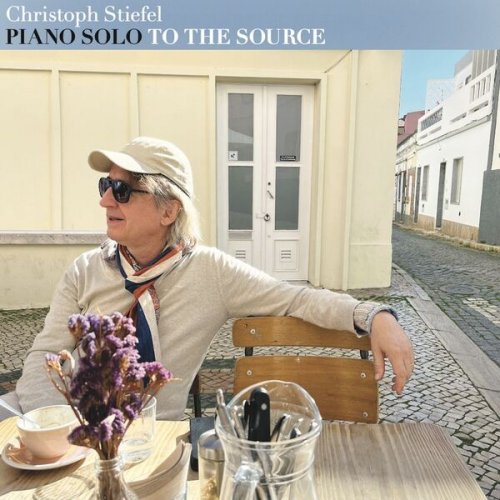
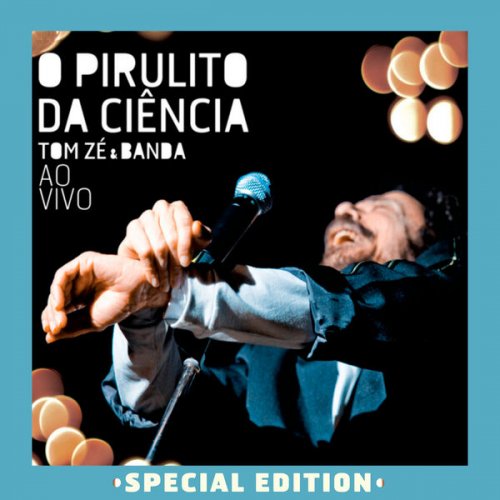
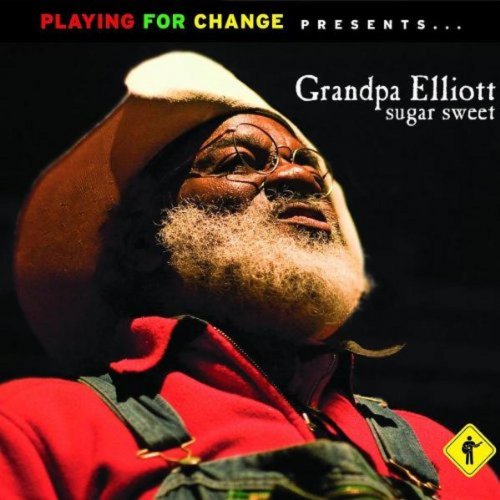
![Bryan Ferry - Bitter-Sweet (2018) [Hi-Res] Bryan Ferry - Bitter-Sweet (2018) [Hi-Res]](https://www.dibpic.com/uploads/posts/2018-11/1543491501_folder.jpg)
